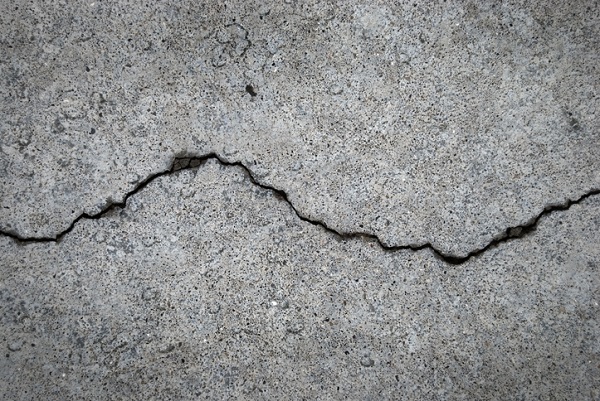Detecting cracks in concrete using AI

Refining how new technologies detect cracks in concrete could prove a game changer for the building industry and it all came about from a university student project.
In his spare time studying at the University of Southern Queensland, Vaughn Golding was working with his lecturers to research innovative new ways to detect faults in infrastructure.
Now, just six months on from his graduation, the Bachelor of Spatial Science (Honours) alumni’s hard work has paid off twofold – he has a full-time role with a Townsville surveying firm and those research endeavours have been featured in the international academic journal, Sustainability.
“Infrastructure, such as buildings, bridges, and pavements, needs to be examined periodically to maintain reliability and structural health,” Vaughn says.
“Manual inspection is carried out by experienced inspectors who require long inspection times and rely on their empirical and subjective knowledge. This lengthy process can result in delays that further compromise the infrastructure’s structural integrity.”
To help address this industry limitation, Mr Golding has delved deep into the processes behind automatic ways to detect cracks in concrete infrastructures using technology such as drones.
“Essentially automated crack detection comes down to two main methods – deep learning and image processing,” he says.
“There has been a lot of research into image-based automated crack detention, but crack enhancement in automated machine learning or deep learning detection is a relatively unexplored area.”
He says that he wanted to explore how preprocessing images ahead of deep learning techniques could overcome shortcomings, essentially a hybrid of older techniques like optical methods and modern practices of utilising artificial intelligence.
“To do this, we put a dataset of 40,000 images through its paces, investigating the impacts of image processing techniques such as grayscale, thresholding and edge detection,” Vaughn explains.
“Our results only scratch the surface of this field with initial results unveiling interesting characteristics such as the benefits of grayscale images to improve crack detection training when integrating images into a machine learning model.”
Read ‘Crack Detection in Concrete Structures Using Deep Learning’ via MDPI’s Sustainability journal here.
